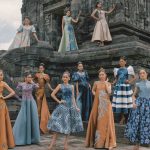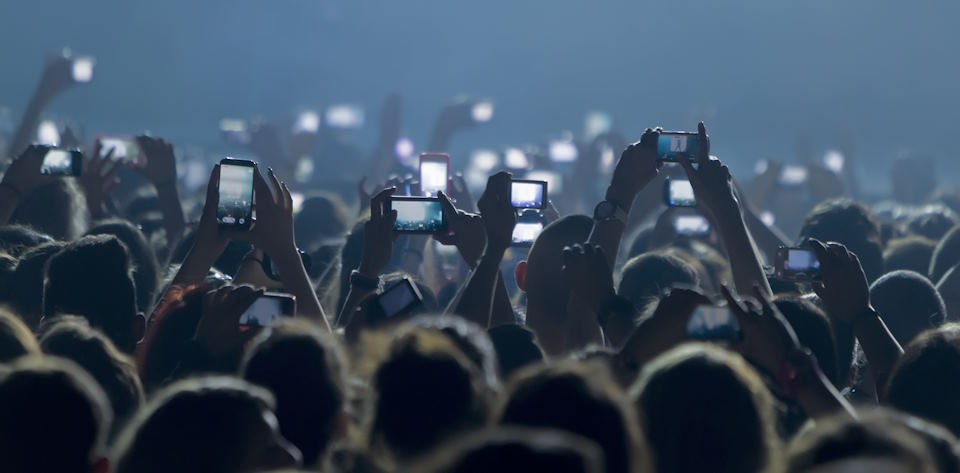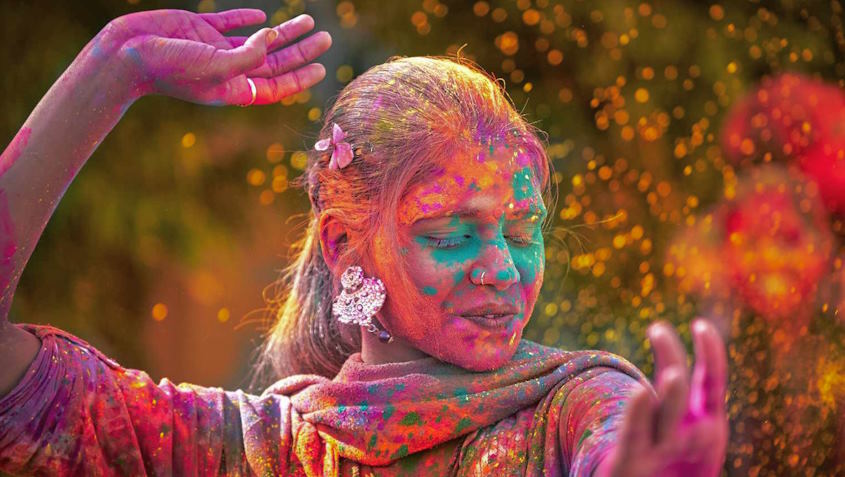
Documenting Cultural Festivals and Events through Photography
Stepping into the realm of cultural festivals and events is akin to embarking on a journey across continents and centuries, where tradition intertwines with modernity in a harmonious dance. From the exuberant streets of Rio during Carnival to the serene temples of Kyoto during Hanami, each event offers a unique window into the soul of a community. As photographers, we are bestowed with the profound responsibility of immortalizing these fleeting moments, preserving them as treasures for generations yet unborn.
The Power of Photography in Documenting Culture
Photography possesses a unique ability to transcend time and space, capturing fleeting moments and evoking deep emotions that resonate across generations. When it comes to documenting culture, this power becomes particularly pronounced. Through the lens of a camera, photographers can freeze moments of joy, sorrow, celebration, and contemplation, preserving them as vivid reflections of the human experience. Whether it’s the infectious laughter of children during a traditional dance or the solemn expressions of elders passing down age-old customs, photography immortalizes these moments, allowing them to endure long after the festivities have ended.
Moreover, photography serves as a vital conduit for preserving cultural heritage for future generations. In an ever-changing world where traditions risk being overshadowed by modernity, photographs stand as silent guardians of our collective memory. They capture the intricacies of rituals, ceremonies, and practices, safeguarding them from the ravages of time. These visual artifacts serve as invaluable resources for historians, anthropologists, and cultural enthusiasts alike, offering windows into the past and insights into the evolution of societies.
Furthermore, photography serves as a universal language, transcending barriers of culture, language, and geography to communicate the rich tapestry of human diversity. Through carefully composed images, photographers can convey the vibrancy of cultural traditions, the beauty of ancestral landscapes, and the resilience of indigenous communities. Each photograph becomes a story waiting to be told, inviting viewers to embark on a journey of discovery and appreciation for the myriad cultures that adorn our world.

Tips for Documenting Cultural Festivals and Events
Documenting cultural festivals and events is both an art and a responsibility, requiring careful preparation and consideration. Firstly, thorough research beforehand is paramount. Understanding the history, significance, and schedule of the event allows photographers to anticipate key moments and plan their shots accordingly. Additionally, choosing the right equipment and settings is essential for capturing the essence of the festivities. While lightweight cameras and versatile lenses are ideal for navigating crowded spaces, adjusting settings such as aperture and shutter speed ensures optimal image quality in varying lighting conditions.
Equally important is understanding cultural sensitivities and etiquette. Respecting local customs and traditions not only fosters trust and goodwill but also ensures ethical documentation. Engaging with participants and locals further enriches the photographic experience, offering insights and perspectives that may otherwise go unnoticed. Building rapport and seeking consent before taking photographs fosters mutual respect and collaboration.
Finally, embracing creativity by experimenting with different angles and perspectives adds depth and intrigue to cultural documentation. From capturing sweeping panoramas to intimate close-ups, varying viewpoints breathe life into photographs, allowing viewers to immerse themselves in the vibrancy of the event. By following these tips, photographers can navigate the intricacies of cultural festivals with confidence, creating compelling visual narratives that celebrate the diversity and resilience of human culture.

Preserving and Sharing Cultural Documentation
Preserving and sharing cultural documentation is not merely a task but a commitment to safeguarding our collective heritage for future generations. Curating and archiving photographs serve as pillars in this endeavor, ensuring that these visual narratives endure the test of time. By organizing images systematically and employing archival techniques, photographers contribute to the preservation of cultural memories, allowing them to transcend the bounds of time and space.
In today’s digital age, sharing images responsibly on social media has emerged as a powerful means of disseminating cultural documentation. By adhering to ethical guidelines and respecting privacy and consent, photographers can leverage social platforms to amplify the reach and impact of their work. Moreover, collaborating with local communities and organizations fosters partnerships grounded in mutual respect and shared goals. By involving stakeholders in the documentation process, photographers not only gain invaluable insights but also empower communities to reclaim ownership of their cultural narratives.
Beyond documentation, advocating for cultural preservation and awareness is essential in ensuring the continued vitality of our shared heritage. By raising awareness about the importance of cultural diversity and the threats it faces, photographers can mobilize support for initiatives aimed at safeguarding cultural traditions and practices. Through these concerted efforts, we not only preserve the past but also pave the way for a future enriched by the tapestry of human culture.